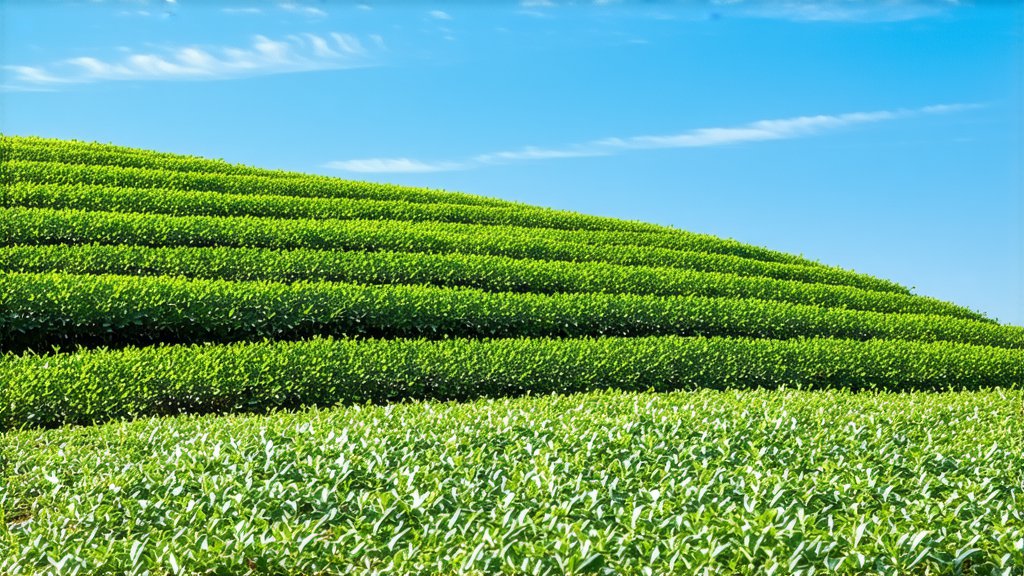
Bai Mu Dan, also known as White Peony Tea, is one of the most revered varieties within the category of Chinese white teas. Its name translates to "White Peony," referencing the delicate and slightly curled shape of its dry leaves, reminiscent of peony blossoms. This exquisite tea hails from Fujian Province, particularly the Fuding area, which boasts a long history of tea cultivation dating back over a thousand years. The unique climate, rich soil, and traditional farming practices in this region contribute significantly to the distinct characteristics of Bai Mu Dan.
Historical Background
The origins of Bai Mu Dan can be traced back to the early Qing Dynasty (1644-1912). According to historical records, it was during this period that the tea gained prominence and became a favored choice among Chinese tea connoisseurs. The name "Bai Mu Dan" itself was coined much later, around the mid-20th century, inspired by the tea's resemblance to the elegant peony flower. Over the centuries, Bai Mu Dan has maintained its status as a symbol of purity and refinement in the world of tea.
Varieties and Classification
Bai Mu Dan is primarily produced from the Fuding Dabai (Big White) tea bushes. These tea plants are known for their large, hairy leaves, which contribute to the tea's distinctive appearance and flavor profile. There are two main grades of Bai Mu Dan: Superior and First Grade. Superior Bai Mu Dan consists of buds and young leaves, while First Grade includes more mature leaves and fewer buds. Both grades offer a unique tasting experience, with Superior Bai Mu Dan being more delicate and refined.
The Art of Crafting Bai Mu Dan
The production process of Bai Mu Dan is both an art and a science. It involves several meticulous steps that ensure the tea retains its natural flavors and aromas. Here’s a detailed look at the crafting process:
-
Plucking: The tea leaves and buds are handpicked during the spring season when they are at their freshest and most tender. Only the top two leaves and a bud are selected to ensure the highest quality.
-
Withering: The freshly plucked leaves are spread out on bamboo mats or trays to wither under the sun or in shaded areas. This process allows the leaves to lose moisture slowly, enhancing their sweetness and reducing bitterness.
-
Fixation: After withering, the leaves undergo a brief heating process to halt enzymatic activity. This step is crucial for preserving the tea's natural flavors and preventing further oxidation.
-
Shaping: The tea leaves are then gently rolled or shaped into their characteristic form, resembling peony flowers. This shaping process helps to enhance the tea's visual appeal and ensures uniform drying.
-
Drying: Finally, the shaped leaves are dried either naturally in the sun or using specialized equipment. Proper drying is essential to achieve the desired moisture content and to lock in the tea's unique flavors.
The entire process is performed with great care and precision, ensuring that each batch of Bai Mu Dan maintains its high standards of excellence.
Tasting Bai Mu Dan: A Sensory Experience
Tasting Bai Mu Dan is a multi-sensory experience that engages sight, smell, and taste. Here’s a guide to help you appreciate this exceptional tea fully:
-
Visual Appreciation: Observe the dry leaves, noting their silvery-white down and slight curling, reminiscent of peony petals. When brewed, the leaves unfurl gracefully, revealing a beautiful display of green and white hues.
-
Aroma: Before tasting, take a moment to inhale the subtle fragrance of Bai Mu Dan. The aroma is often described as floral, with hints of honey and fresh hay, providing a preview of the delightful flavors to come.
-
Brewing: To brew Bai Mu Dan, use water just below boiling point (around 85°C or 185°F). Use approximately 5 grams of tea per 200 ml of water. Steep for 2-3 minutes for the first infusion, then adjust subsequent steepings based on your preference. Bai Mu Dan can be steeped multiple times, with each infusion offering a different flavor profile.
-
Tasting: Sip slowly and let the tea coat your palate. Notice the initial sweetness followed by a gentle, smooth finish. Bai Mu Dan is known for its balanced flavor, combining floral notes with a hint of woodiness and a touch of minerality. The aftertaste is long-lasting and refreshing.
Cultural Significance and Modern Appeal
In Chinese culture, tea is more than just a beverage; it is a symbol of harmony, respect, and tranquility. Bai Mu Dan embodies these values perfectly. It is often served during important social gatherings, ceremonies, and as a gesture of hospitality. The tea's delicate nature makes it a favorite for meditation and relaxation, promoting a sense of calm and well-being.
In recent years, Bai Mu Dan has gained international recognition and popularity. Its unique flavor profile and health benefits have attracted tea enthusiasts worldwide. Rich in antioxidants, catechins, and other beneficial compounds, Bai Mu Dan is praised for its potential health benefits, including boosting immunity, improving digestion, and promoting cardiovascular health.
Conclusion
Bai Mu Dan is a testament to the artistry and tradition of Chinese tea making. Its history, craftsmanship, and sensory experience make it a truly exceptional tea. Whether you are a seasoned tea drinker or a newcomer to the world of fine teas, Bai Mu Dan offers a journey of discovery and delight. As you savor each sip, you connect with centuries of tea culture and the timeless beauty of nature.